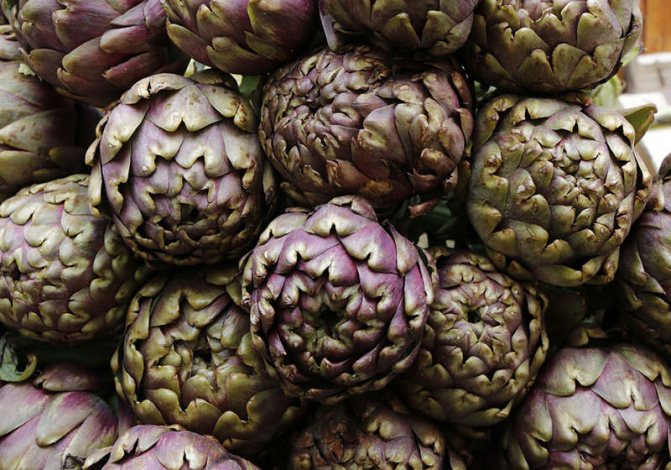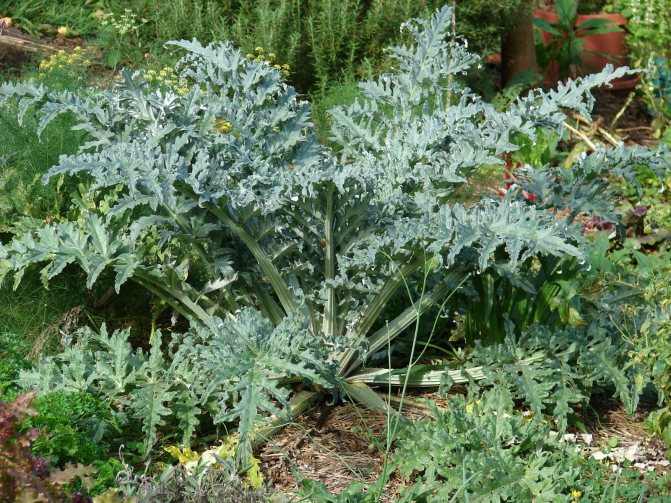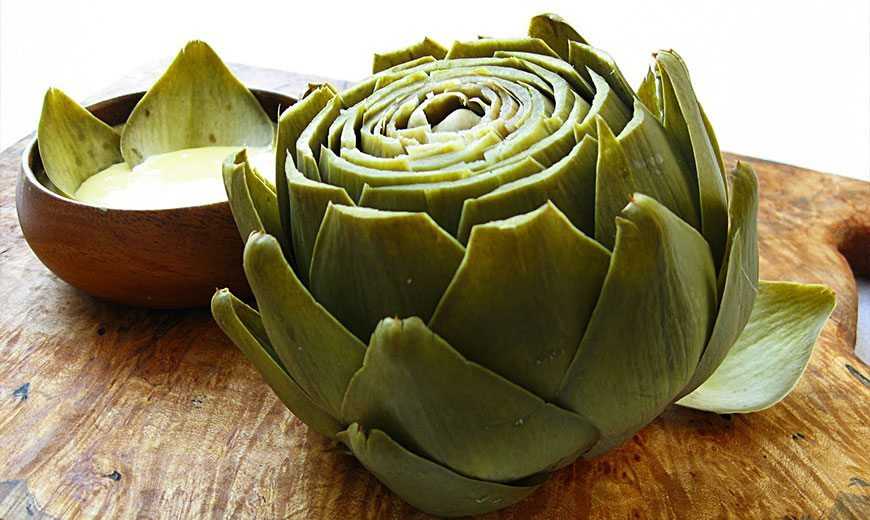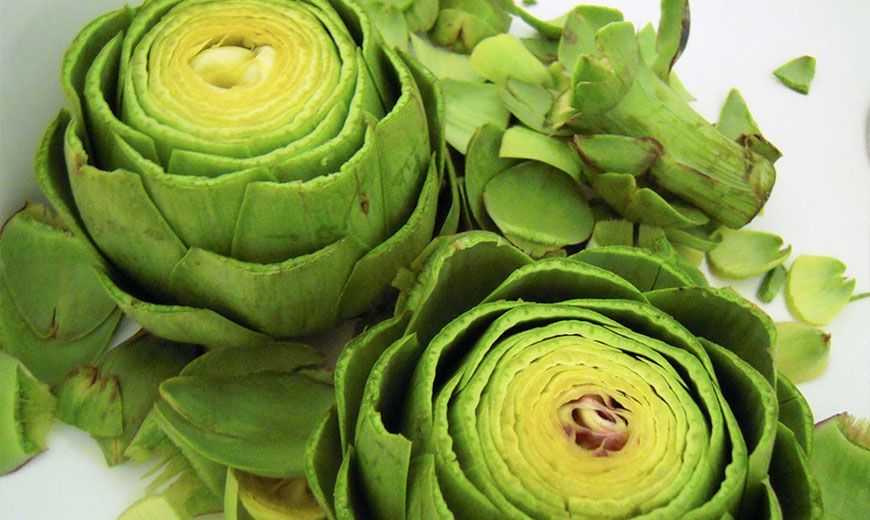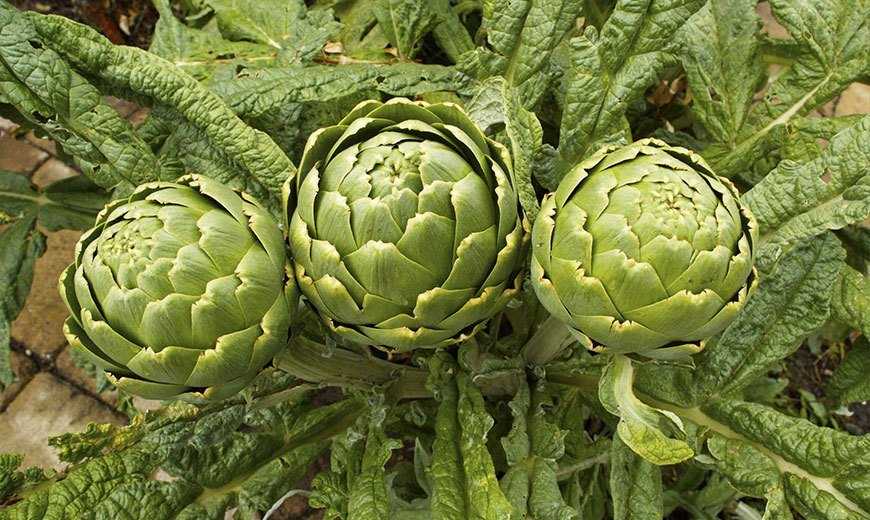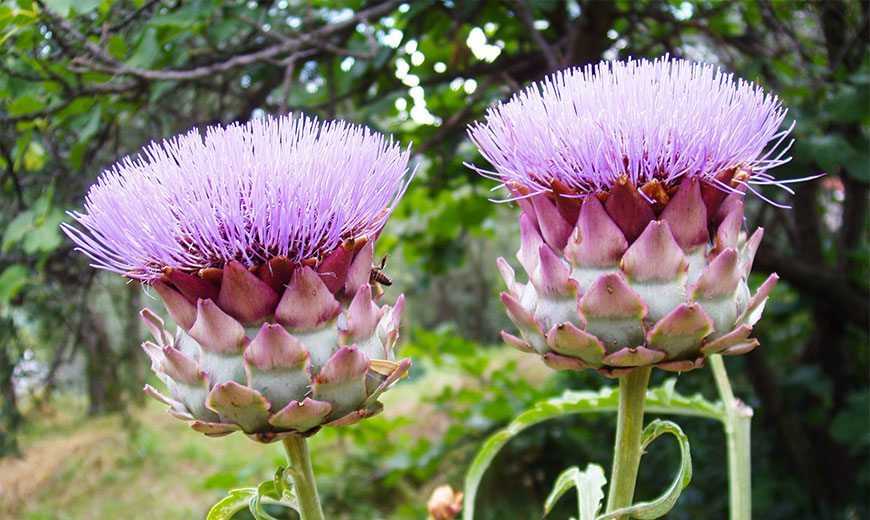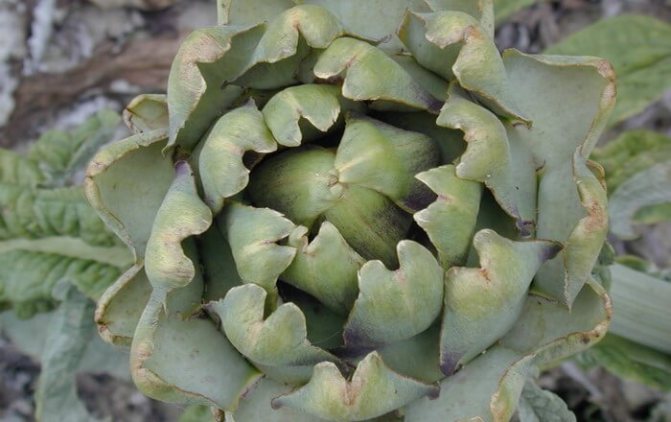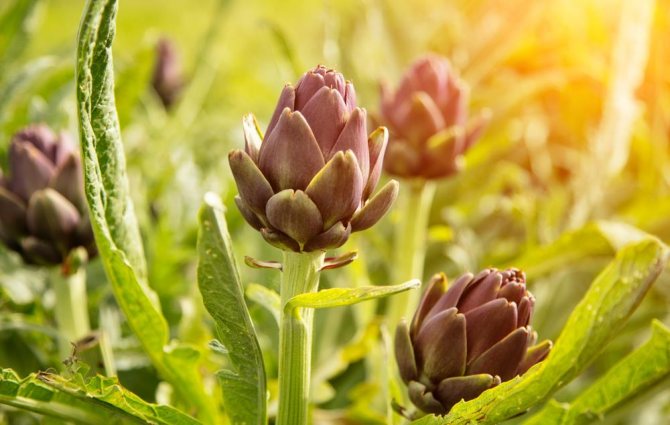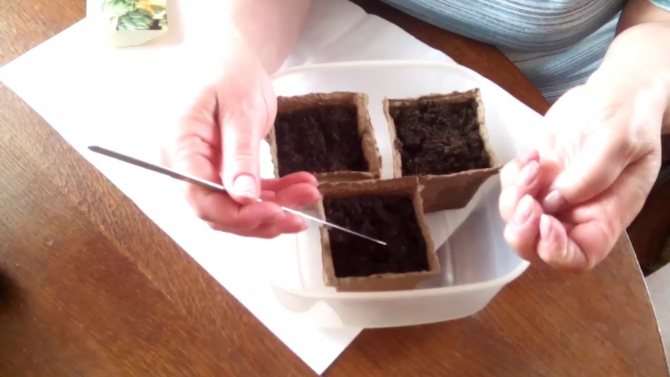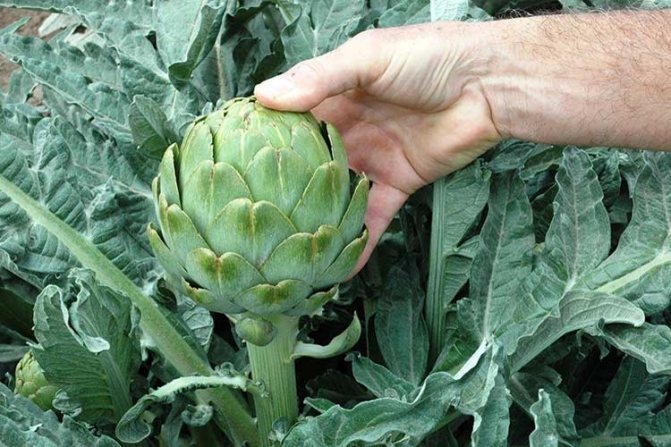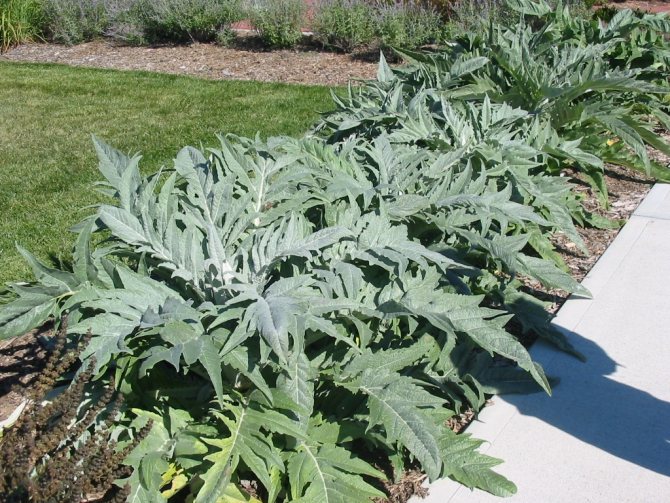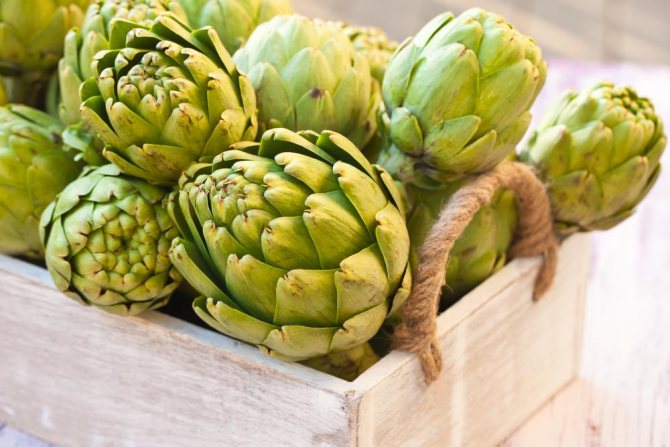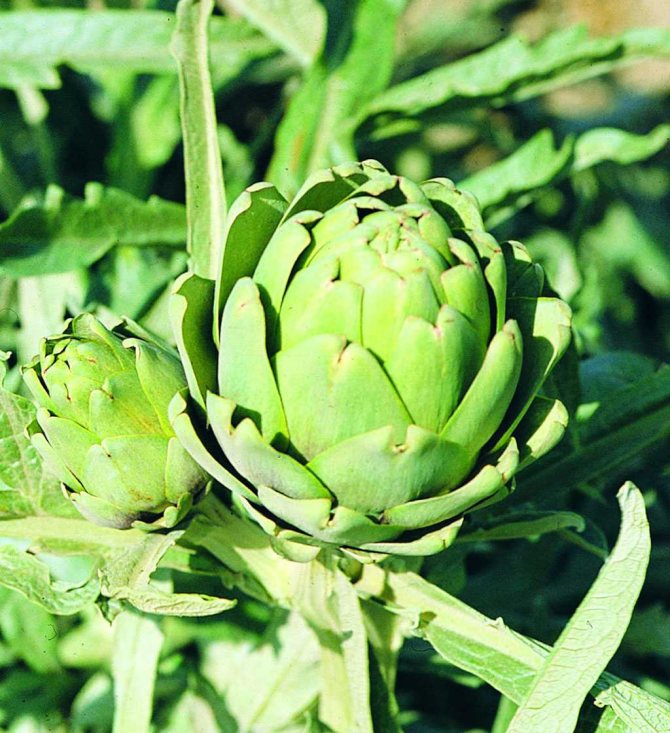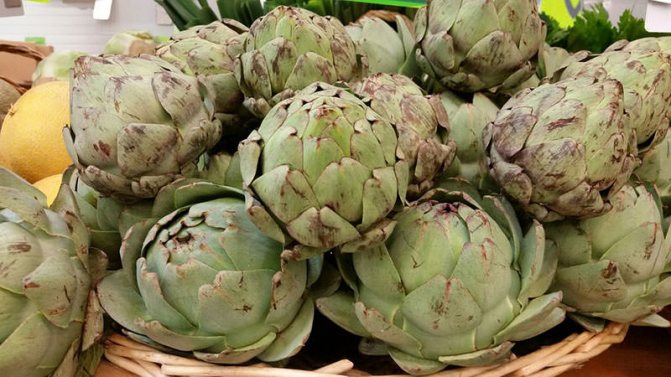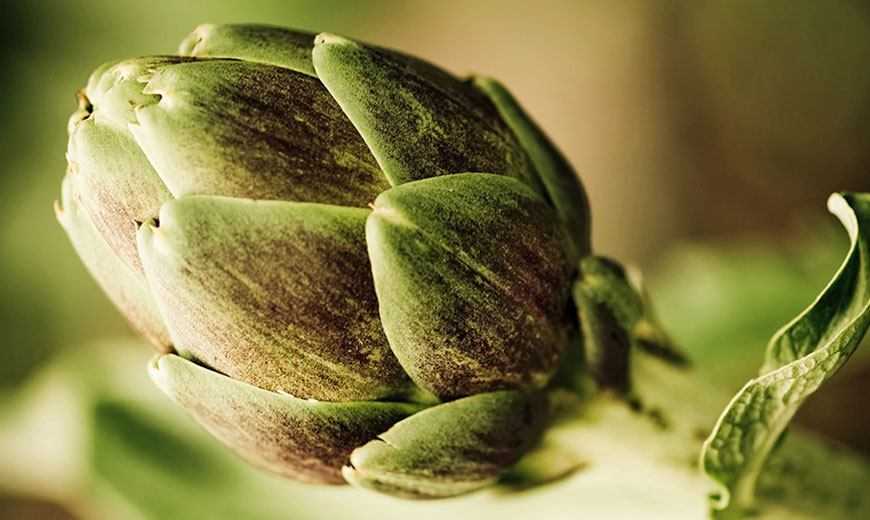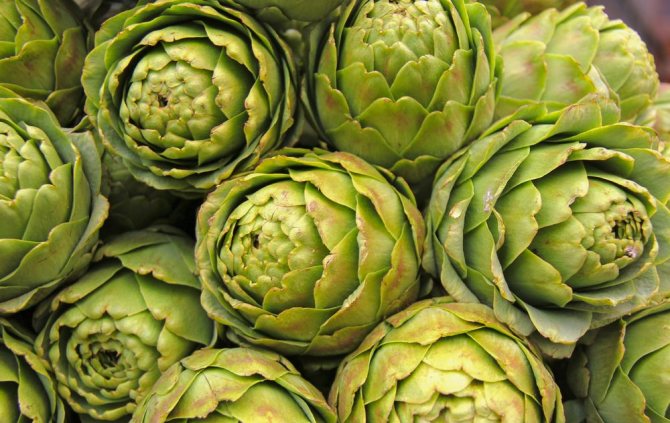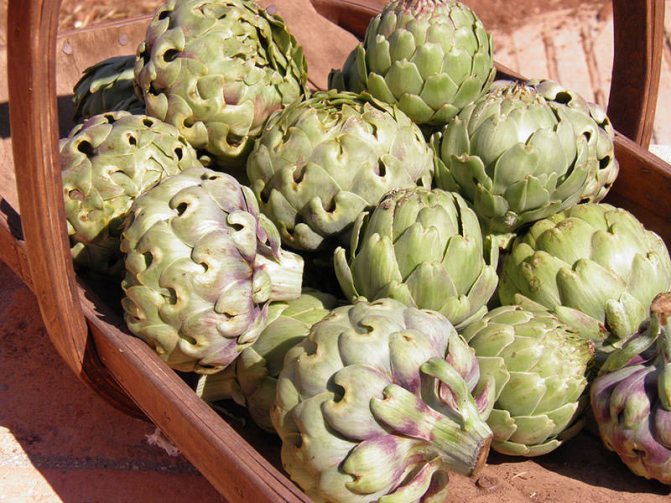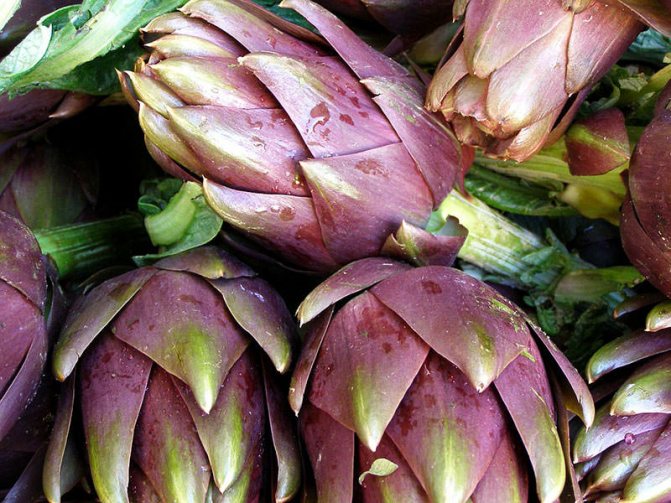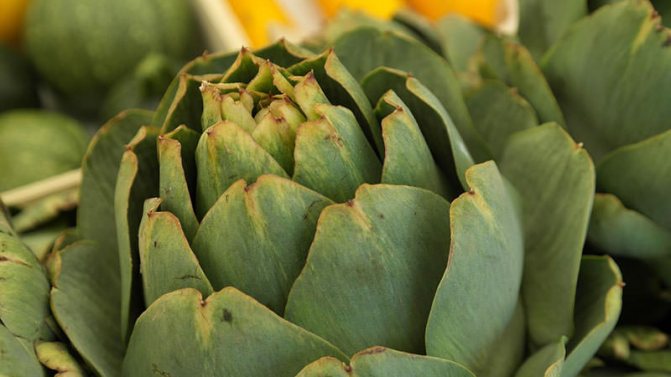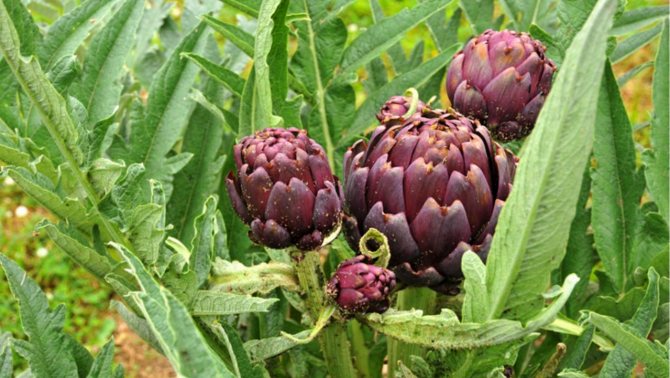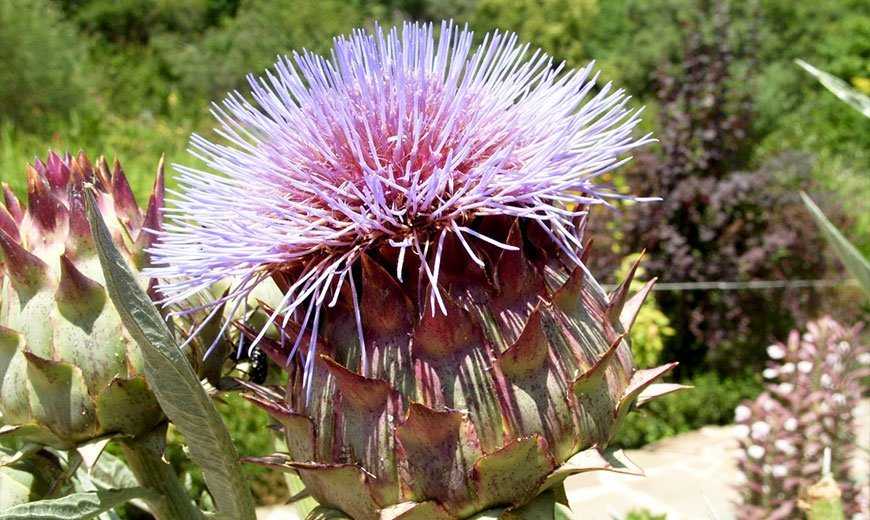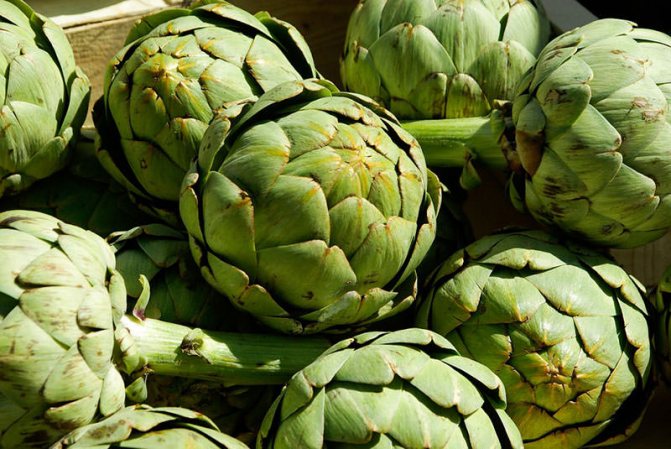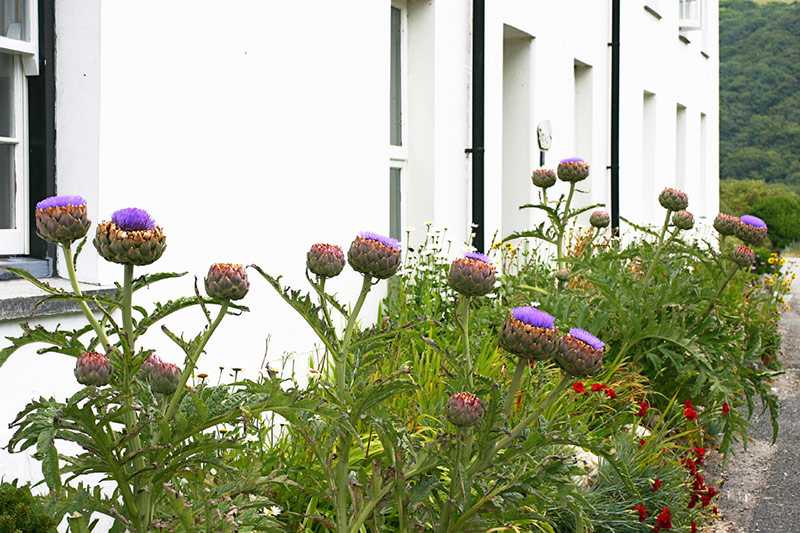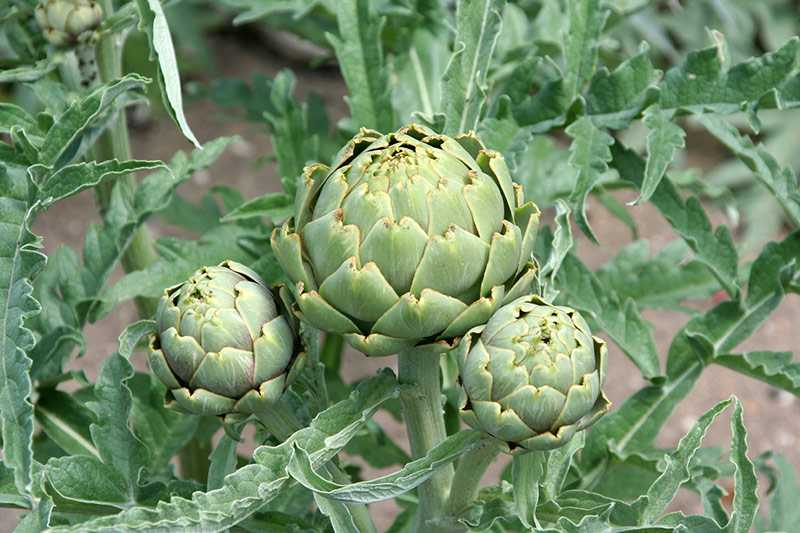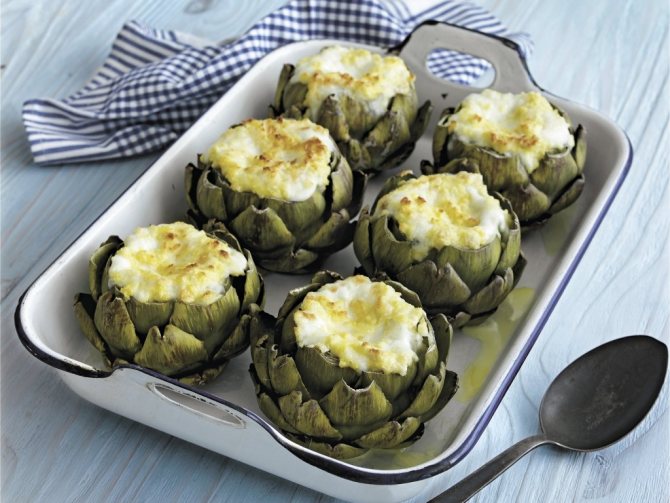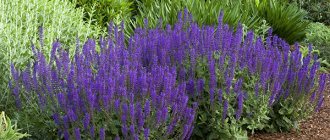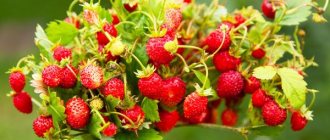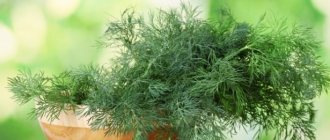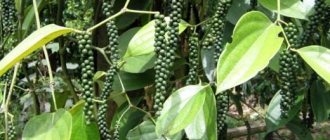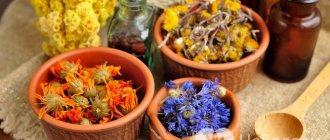It is known that Emperor Peter I knew a lot about cooking and loved to eat well and tasty. And he loved artichokes more than other dishes. And at the beginning of the 20th century, the artichoke was still a common dish on the tables of wealthy Russians. Unfortunately, during the years of Soviet power, the culture of its cultivation was forgotten and now it is extremely rare in our gardens. But in vain: the artichoke is not only an exquisite delicacy and a beautiful ornamental plant, but also a valuable medicinal raw material.
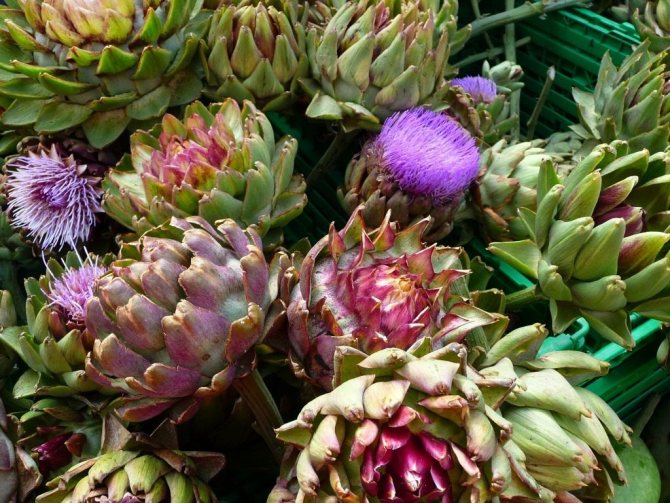
Artichoke inflorescences. <3268zauber
Main characteristics of an artichoke
Perennial vegetable culture in its characteristics resembles a thistle: wide, carved, thorny leaves, fragrant and bright cap of stamens. The height of the plant, under favorable growing conditions, reaches 2 meters, the occupied area is 1 square meter. The ovary forms into a green bump with tight-fitting scales.
The artichoke is eaten or grown as an element of landscape decor. Unripe fruits and the juicy part of the petioles adjacent to it are edible.
The inclusion of a vegetable in the diet enriches the body:
- calcium;
- magnesium;
- organic acids;
- B vitamins;
- essential oils.
The ground part of the artichoke dies off in the fall. In spring, shoots grow and bloom, forming a fruit.


The harvest of unripe cones, under favorable climatic conditions and observance of agricultural technology, can be removed for 12-14 years without further transplantation.
What are the contraindications
There is no consensus regarding contraindications for artichoke. Some experts insist on its absolute harmlessness, others do not recommend using it for violations of the liver and kidneys, gastritis with low acidity, low blood pressure. You should not include this vegetable crop in your diet for women carrying a baby, nursing mothers, children under 12 years old. Before using the plant for medicinal purposes, it is best to consult a doctor.


Despite the fact that in our country it is almost impossible to find places where artichoke grows, we have the opportunity to get acquainted with this unique plant by buying it in a supermarket. The refined taste and beneficial properties of this vegetable crop will be appreciated by many gourmets.
Popular varieties
Of all types of artichoke, Spanish and prickly are eaten, which are subdivided into early, middle, late-ripening varieties. From the earliest, the most popular is Violet Early. From one bush, you can collect up to 1-1.2 kilograms of inflorescences. The stems of the plant rise 70 centimeters.
Mid-season varieties loved by summer residents are Sultan and Krasavets. Powerful shoots of the first reach 2 meters and form up to 15 ovaries, 90 grams each. The second grows up to 100 centimeters. Productivity - from 700 to 1300 grams. The plant is not so demanding to care, it begins to bear fruit from the first year of planting.
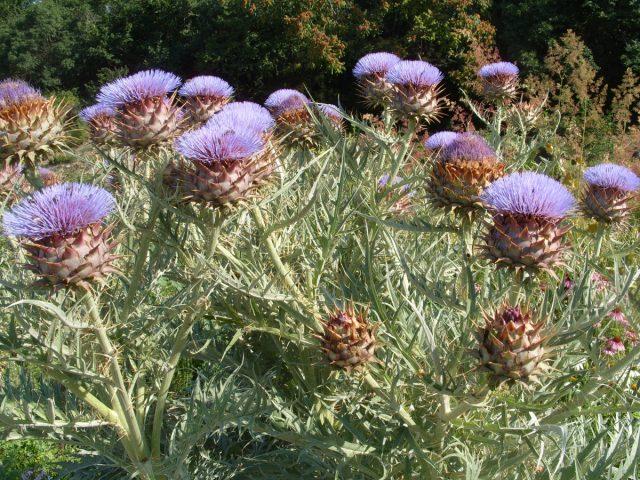

Artichokes are what - photo: cultural species
There are about a dozen species of this genus, but only a few of them are not weeds. They are used for food:
- Cynara cardunculus - Spanish artichoke.
- Cynara scolymus - A prickly artichoke (green or French).
And its domestication began long ago. Already the ancient Greeks and Romans knew well about the culinary, and especially about the healing properties of the plant.
They considered the artichoke a beauty vegetable, and they were sure that when eaten, the skin smells good and the juice strengthens the hair remarkably.
In Russia, under Peter the Great and after, the artichoke continued to be considered only an ornamental plant for a long time.
Now this vegetable is very popular in France,
Spain, Italy and the south of the American continent.
Gardeners and gardeners grow artichokes in our area.
The specifics of growing
The growing season of an artichoke, from sowing seeds to the beginning of fruiting, is 6-7 months. This is a heat-loving plant: young shoots can withstand temperatures down to -3 degrees, inflorescences - up to -1, roots - up to -10. The optimum temperature for growing is in the range of 15-25 degrees Celsius. Stagnation of water in the soil leads to root rot.
Agricultural technology for growing a vegetable crop consists in preparing the appropriate conditions:
- by soil composition;
- protection from frost in spring and low temperature in winter;
- placement on the site;
- time of landing in the ground;
- breeding method.
It is possible to grow an artichoke in Central Russia only through seedlings, in the conditions of the Urals and Siberia - seedlings in a greenhouse. For the southern regions, planting a vegetable by seeds is suitable. The perennial is sown in the soil at the end of May or mid-September.
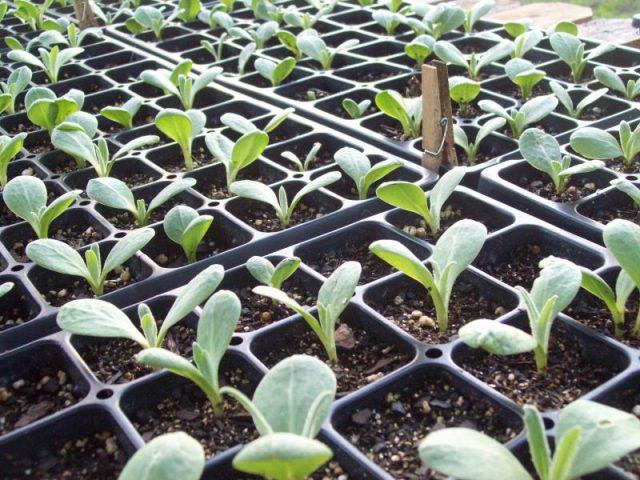

Planting holes are prepared in a well-lit and heated area of the garden or vegetable garden. Depth - 4 centimeters. Distance - 100-120 centimeters. At the bottom of the hole, 2-3 seeds are sown and sprinkled with earth. The plant will not bloom for the first year. Fruiting will begin in a season.
Sowing seedlings
Seed preparation begins at the end of winter: mid-February. To do this, they are placed on a damp, cotton cloth, which is folded into an envelope. Then covered with foil to avoid evaporation, and left in a warm place for a week.
After 7 days, the sprouted sprouts need to be stimulated for more active growth and fruiting. Without removing them from the fabric, they must be placed on the lower shelf of the refrigerator for 10-12 days.
Sowing site - wooden or plastic containers. A layer of charcoal, broken ceramics, fine gravel or pebbles is poured onto the bottom. 6-7 centimeters of nutrient soil are laid on the drainage layer. Sod land, fine sand and humus are mixed in a 1: 1: 1 ratio. Moisturize with a watering can or spray bottle.
See also
Description of the best varieties of netted irises (Denford), planting and care, reproduction
To read
Grooves are laid with a depth of 10-15 millimeters with an interval of 40 millimeters. By the time of sowing, the sprouts reach up to 10 millimeters, which requires caution when planting. The planting is completed by dusting with earth and moistening through a spray bottle.
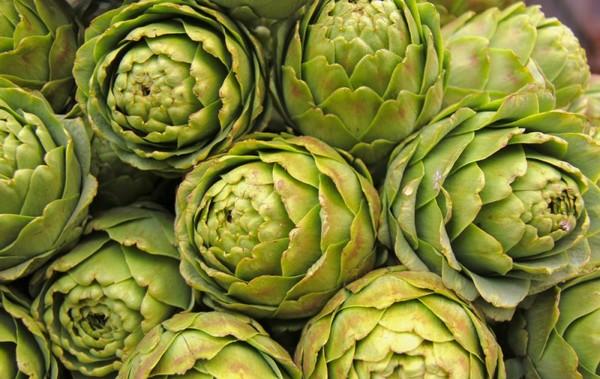

The box is placed on the windowsill and the soil moisture is maintained, preventing it from drying out. Covering with film or glass will lead to decay of the roots due to the lack of evaporation. After the emergence of seedlings, the temperature must be lowered to 15 degrees and the illumination must be raised to avoid stretching the seedlings.
After 12 days, the first leaf will form, then the second. It is time for a transplant and a pick.
Picking and caring for artichoke seedlings
For each artichoke, a 500 milliliter peat pot is prepared. Fill it with a similar soil mixture, water it, make a 4 cm depression in the center. The soil in the seedling box is also well watered.
Each plant is picked up with a tablespoon, pulled out of the ground. The root is shortened by 1 centimeter and the sprout is placed in a pot. Seedlings are placed on the windowsill. After 14 days, the first organic feeding is carried out. The mullein infusion is diluted 10 times and watered with artichokes.
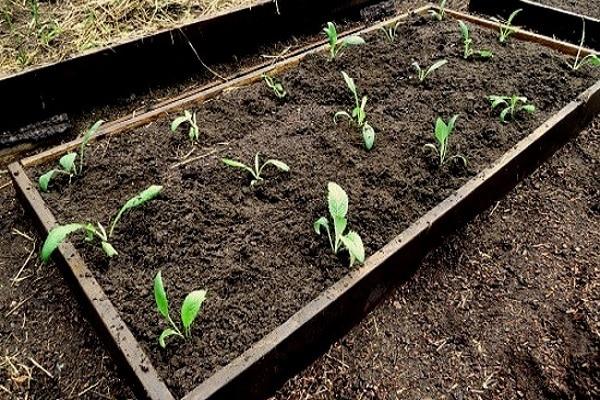

After 2 weeks, full mineral fertilizers are applied to the soil, at the rate of 1 gram per pot.The hardened artichoke seedlings begin to harden: they are taken out into the street, starting at 1 hour and ending with a full daylight hours. At the same time, the weather conditions are observed: calm and warm.
Open ground transplant
The plant needs a sunny, wind-protected area for vegetation. The land must be prepared before planting artichokes.
To do this, it is dug to the depth of a bayonet shovel and fertilizers are applied (per 1 square meter):
- humus bucket;
- a glass of superphosphate;
- potassium sulfate matchbox.
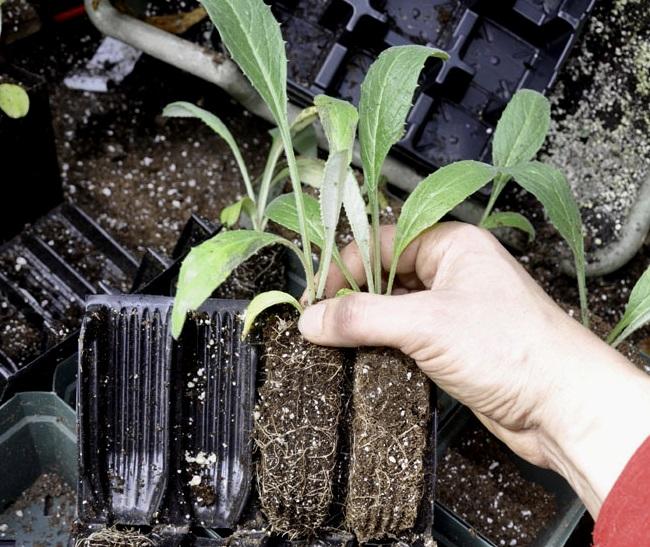

If the artichoke is grown for food, then 2 meters wide beds are formed. The earth is raised 20 centimeters and 2 furrows are made at a distance of 80 centimeters to the depth of a peat pot. Plants are planted without transshipment, slightly deepening, sprinkling with soil on top. There should be a gap of at least one meter between vegetables in a row.
When growing artichokes as an ornamental plant, pits are prepared in the ground at a distance of at least 1 meter. Planting is carried out in a pot. In both cases, at the end, moderate watering and mulching of the root zone with straw and hay are carried out.
Artichoke composition, beneficial properties, calorie content
Why is an artichoke good for you?
In modern medicine, this drug has undergone a detailed study, the content of the following useful substances in it has been established:
- 1. The most important beneficial ingredient is inulin.
This substance belongs to the group of polysaccharides (a prebiotic based on dietary fiber). This ingredient has a very good effect on the intestinal microflora, normalizing its work.
- 2. The artichoke contains components (scolimozide, flavonoid glycoside, cinaroside, glyceric acid, tannins), which have a strong anti-toxic effect.
- 3. This plant is also considered a rich vitamin-rich agent.
In its composition, you can see vitamins B, C, K, A, E. The chemical composition of this plant contains various minerals (there are more than 20), fatty acids, useful carbohydrates.
- 4. There are a lot of essential oils on the outside of the scales, this makes the artichoke taste good.
This quality of the plant is widely used in perfumery as an aphrodisiac.
- 5. Cynarin, which is part of the artichoke, stimulates cerebral circulation.
- 6. Components of the plant help in cleansing the liver, kidneys, intestines, help the body to remove toxins, decay products, salts of heavy metals, alkaloids.
The calorie content of an artichoke is quite low - 50 kcal per 100 grams of raw or boiled product, which in many countries where it grows like a weed, makes it popular in both poor and rich environments. The first ones prefer it because of its availability, the second ones - because of the benefits of the artichoke for weight loss, and in general for maintaining health.


How to grow an artichoke in a greenhouse
To grow vegetables in a greenhouse, you must remember that plants require a lot of space: in height and area. The greenhouse should be spacious and warm: not lower than 0 degrees. Lower temperatures will freeze artichokes.


At home, the artichoke is grown for seedlings. A tall and powerful plant in an apartment environment will require a lot of space.
Herbal medicine with artichoke
Even in ancient Greece, women strengthened their hair with the juice of this plant. In Egypt, the artichoke was used to improve the digestive tract, and the Romans were sure that it was able to cleanse not only the body, but also the spirit.
Modern medicine also uses the roots and leaves of the artichoke. The use of plant-based preparations contributes to:
- Better elimination of fluid from the body.
- Reducing the level of ammonia in the blood.
- Improving the outflow of bile.
- Reducing cholesterol levels.
- Normalization of the digestive tract.
The vegetable is useful for those who suffer from diabetes. Due to its ability to reduce the manifestations of allergies, artichoke is also used for urticaria, psoriasis, eczema.
Due to its exquisite taste and low calorie content, as well as the ability to speed up the metabolism, the use of a vegetable is beneficial for those who want to lose weight. For the elderly with atherosclerosis, any form of artichoke is recommended.


Due to the presence of flavonoids in the leaves and core of the fruit, it is recommended for use in cancer. Artichoke-based preparations are especially effective for the prevention of breast cancer, prostate cancer, and malignant pathologies of the hematopoietic system. According to the results of recent studies, the leaves of the plant promote the necrosis of cancer cells, reduce the likelihood of developing oncology, and inhibit the growth of existing neoplasms.
Further care of the culture
When the plants acclimate to a new place and start growing, care rules must be followed. After the artichoke blooms, you should remove a third of the peduncles located in the lower tier of the bush. Such manipulation will accelerate maturation and contribute to an increase in the size of the bumps.
See also
Planting and caring for asters in the open field, reproduction and description of species and varieties
To read
Watering bushes
Moisten the soil under the bushes in the afternoon. Warm soil will heat the water, excess moisture will have time to evaporate before sunset. The schedule for watering the artichoke depends on the wishes of the gardener: every other day, 0.5 liters under a bush, or once every 10 days, 5 liters. Adjustment up or down depends on the amount of precipitation and air temperature and should consist in maintaining the soil in optimal moisture.
Loosening the soil and removing weeds
The soil should be poured and loosened the next day after watering. The weeds will continue to grow until the plant is in full strength. In the future, the overgrown leaves and the powerful root system of the artichoke will drown them out. It is necessary to break up the resulting soil crust in order to improve the aeration of the soil.
Necessary fertilizers and feeding
The artichoke is nourished throughout the growing season. After it begins to grow, it is watered with diluted slurry (1:10). After 2 weeks, mineral fertilizers are applied: superphosphate and potassium chloride.
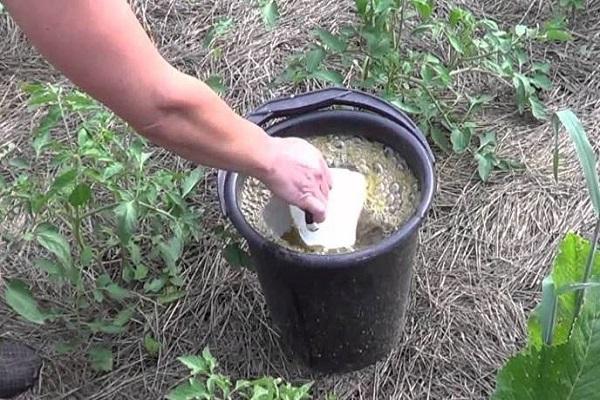

An addition during flowering of an artichoke will be foliar feeding, which means irrigation of leaves and stems with a solution of wood ash, superphosphate and potassium chloride. The ratio for 1 liter of water: 1: 1: 3 (in teaspoons). This feeding method affects fruiting and pest resistance.
Shelter plants for the winter
Depending on the variety, artichoke flowers bloom in August or September. With the formation of bumps, watering is done less often. In the event that reproduction is planned with your own seeds, then 2 or 3 inflorescences are left on 1 bush until they are fully ripe.
With the approach of frost, the stems of the artichoke are cut off, leaving a stump of 30 centimeters. The trimmed parts of the plant are removed. The base is covered with burlap. The root zone is covered with foliage or peat 20-30 centimeters thick. With the appearance of a snow cover over wintering artichokes, snowdrifts are made for insulation.
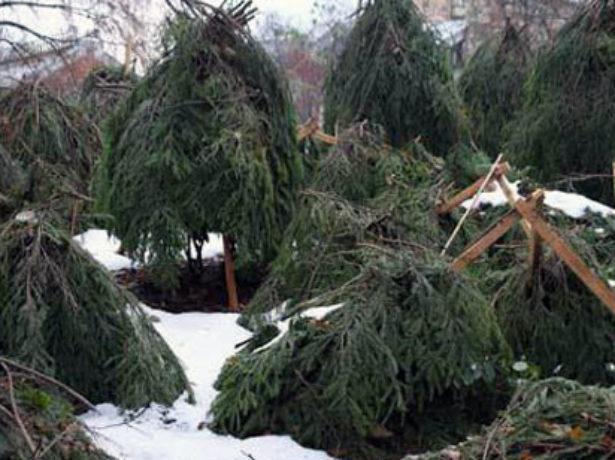

Botanical description
Artichoke is a perennial herb. Height - 1.5-2 m. Taproot. The stem is straight, the color is gray-green.
The leaves are pinnately dissected, with toothed lobe segments, sometimes spiny, covered with white hairs below. The color is green or grayish green.
Artichoke flowers are large blue or blue-violet. When a plant blooms, it is very similar to a thistle, which can be found in any vacant lot.
For culinary purposes, the unblown flower buds of the plant are used, which are a collection of large dense, fleshy scales at the base, up to 12 cm in diameter and outwardly resemble large hop cones. The color depends on the species, but most often it is green.
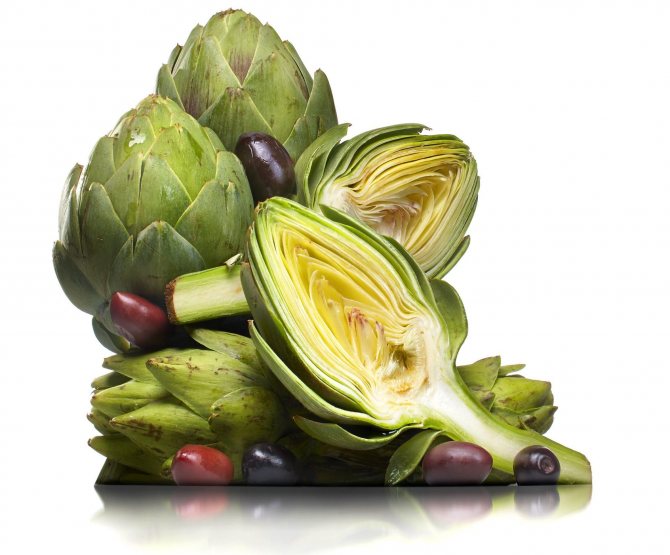

The fruit is a large glabrous achene, flattened or quadrangular, with a cut off top.
The artichoke blooms in June-July.
Habitat
In the wild, the artichoke is found in Southern Europe, North Africa, Southeast Asia, South America, Australia.
As a vegetable plant, it is grown in the southern countries of Western Europe such as France, Italy, Spain, Greece. In the CIS, it is cultivated in the Ukraine, Krasnodar Territory, Crimea, the Caucasus and Transcaucasia.
Collection and procurement
For medicinal purposes, the inflorescences and leaves of the artichoke are used, less often the root. Inflorescences are used, as a rule, fresh. Leaves are harvested during flowering. Dried, as usual, in the shade with good ventilation of the water, not forgetting to stir occasionally.
The root is harvested in late autumn. Shake off the ground, cut into small pieces and dry in a conventional manner.
Features of cultivation in different regions of Russia
Climatic features are reflected in the timing of planting seedlings in the ground.
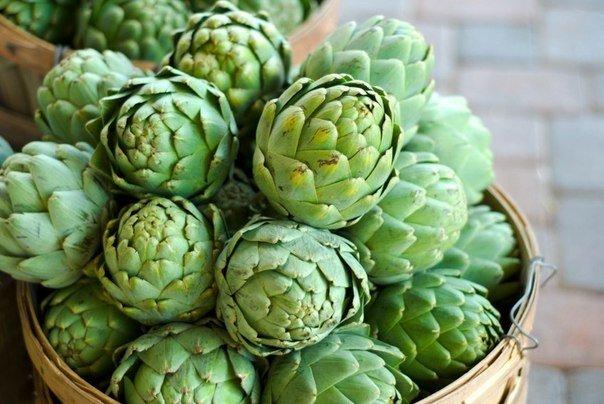

In outskirts of Moscow
Artichoke seedlings in open ground should be planted from mid-May to early June.
In Siberia
It is possible to grow a culture in Siberia if there is a spacious heated greenhouse in the garden.
In the Urals
In this area, the artichoke should be planted in the greenhouse in early June to mid-June.
In the middle lane
South of the Moscow region, the artichoke is planted after May 15.
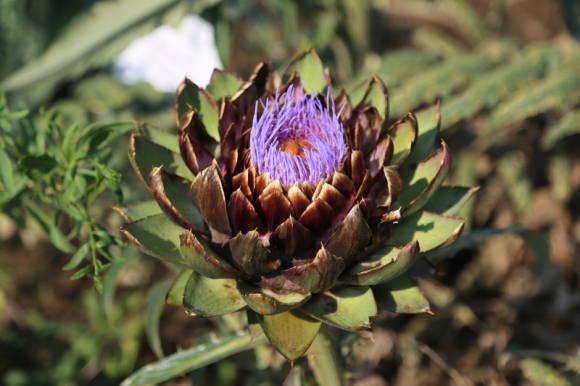

Planting and care: step by step instructions
Seed preparation
- The seeds must be placed in water for 10-11 hours to swell. Room temperature with a difference of a couple of degrees.
- After that, we wrap them in a damp bandage, gauze and leave warm for 5 days.
- If you want to get fruits for the first year, then the seeds must be removed in the refrigerator. This is done to harden them.
The cheesecloth can be wrapped in foil so that the water does not evaporate.
Substrate preparation
For seedlings, you need to prepare the soil, this should not cause any particular difficulties. To do this, we mix turf soil, humus and sand. Read about the description and characteristics of the Candy apple variety at this link.
Capacities
There are no special requirements here. Peat, clay, plastic pots will do, but by no means metal. Read about picking tomato seedlings here.


It is very convenient to bury seedlings on peat tablets or in pots directly into the open ground.
Sowing seeds
- In the ground, grooves are made with a depth of no more than 4 centimeters.
- With an interval of 4 centimeters, carefully plant the seeds so as not to damage the hatched ones.
- Sprinkle the seeds with earth and moisten them with a sprayer.
- At this stage, monitor the condition of the ground very carefully. It should not be overdried and waterlogged.
When most of the sprouts hatch and the first leaves are formed, they need to be removed to a cool place (15 - 17 degrees), set the backlight. Leaves are formed 2-3 weeks after planting.
When the seedlings have 4 leaves (about 2 months after sowing), they can be planted in open ground.
Harvesting and storage of crops
Harvesting of the artichoke begins 2 weeks after the formation of the ovary. The readiness to eat is checked by the slight creak of the scales during compression. At the same time, the upper scales can be easily pushed apart. Cut off the cone along with the stem, leaving a leg 4 centimeters long. Artichokes ripen unevenly, which requires constant monitoring of their condition.
At a temperature of 1 degree Celsius, vegetables retain their taste for 3 months. If the temperature regime is maintained up to 12 degrees, then it is a month. For long-term storage, the artichoke can be canned, frozen.
Growing artichokes: diseases and pests, problem finding
The artichoke has few problems. Slugs can attack young foliage, and Botrytis rot can cover older leaves. Hit the slugs with bait or slugs.If only a few leaves are infected with Botrytris rot, remove and destroy them. Treat the plant with a fungicide such as neem oil.
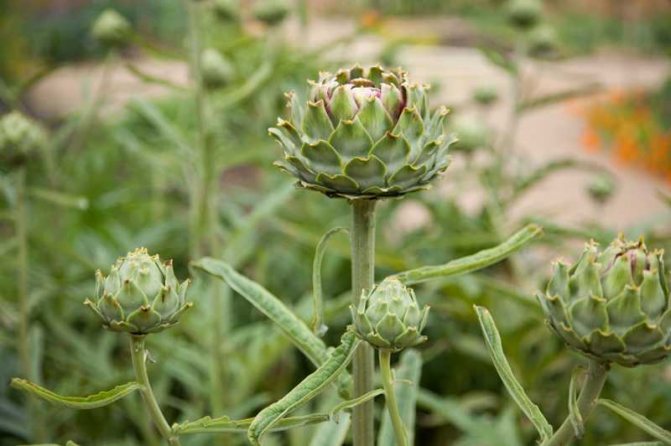

To grow an artichoke, a large, bright area must be set aside.


